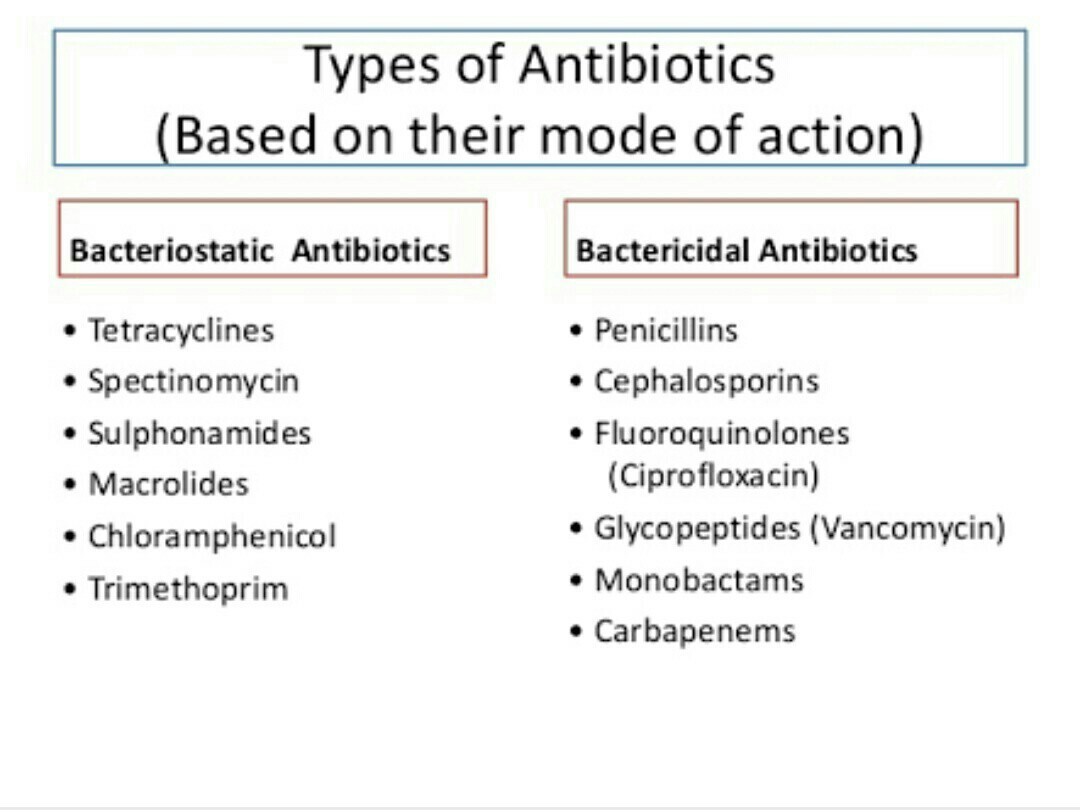Initially Antibiotics were thought about as antimicrobial drugs obtained from other organisms (such as moulds, fungus and some soil bacteria) to combat harmful microorganisms. The synthetic methods have helped in synthesizing some of the compounds that were originally discovered as products of microorganisms. Some purely synthetic compounds also have antibacterial activity, and because of this, definition of antibiotic has been modified. An antibiotic now refers to a substance produced wholly or partly by chemical synthesis, which in low concentrations inhibits the growth or destroys microorganisms by intervening in their metabolic processes. They are used to treat infections because of their low toxicity for humans and animals.
Antibiotics are produced on a large scale by the fermentation process. This is a chemical process which is induced by the microorganisms in a large tank. A large tank contains the growth medium that provides the nutrition for the microorganism’s growth. Optimization of various parameters like temperature, pH levels, oxygen and nutrient in the fermentation tank is very crucial to producing antibiotics. After the antibiotics production, they are extracted and purified through multiple physical processes. Finally, after purification they are converted into crystal form.
Uses of Antibiotics
Antibiotics are used to kill bacteria and because of this, mortality rates have reduced and lifespan has increased. These microbial infections can wipe out an entire population of organisms and that can adversely affect the ecosystem.
An antimicrobial therapy is used to destroy or to prevent the microorganism’s growth. However, it might not stop the damage that is already done.
Two types of antimicrobial therapies are available:
- Microbicidal therapy used to kill the microorganisms.
- Microbiostatic therapy used to prevent microorganism growth.

Examples of Antibiotics
Penicillin
Penicillin was the first ever true antibiotic, discovered by a Scottish bacteriologist, Alexander Fleming in 1929. It was mainly used to treat the different types of bacterial infections that plagued man. Penicillin is acquired from a mould called Penicilliumnotatum (also known as Penicilliumchrysogenum).
Quinolones
This is another type of antibiotics that can inhibit or kill bacteria. They are made from a synthetic compound called nalidix acid and are usually the first line of treatment for bacterial infections that affect the urinary tract. It is also quite effective for sinusitis, bronchitis and pneumonia.
Strain improvement in antibiotic
Genetic engineering is used to modify the biological characteristics of various living organisms. Example: Recombinant DNA technology, Microinjection, etc. Recombinant DNA technology helps in producing genetically improved antibiotic strain.
In order to increase the yield and quality of antibiotics, the wild strain of microorganism is transformed into the mutant strain. The improvement of biosynthetic pathway design and recombinant DNA techniques can be achieved in order to improve the antibiotic production.